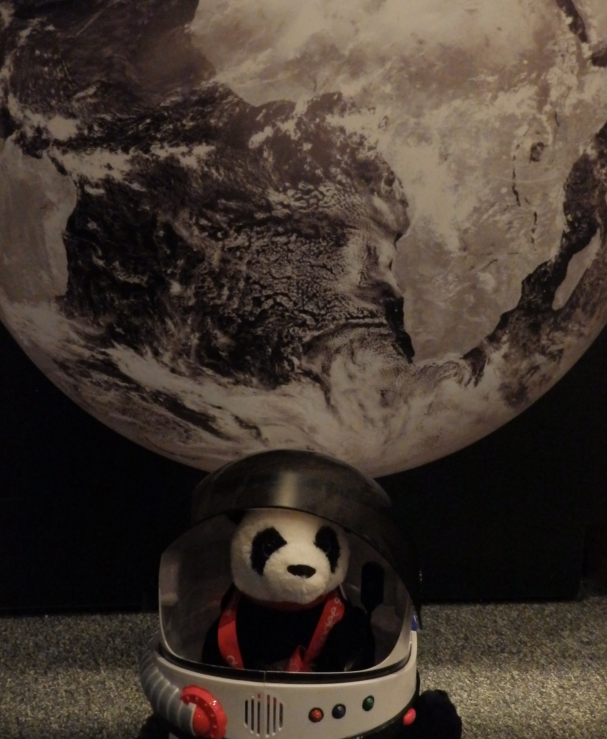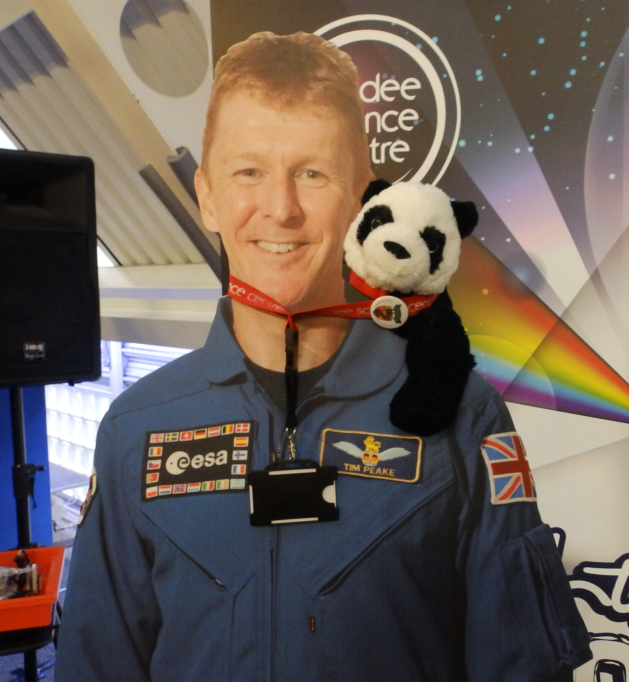Today we taught Santa about our sense of taste.
We had already looked briefly at our 5 senses; taste, touch, hearing, sight, smell but this week we chose to focus on our sense of taste and look at it in a bit more depth.
We talked about the different taste sections on our tongues and showed Santa where these are. (We wondered if Panda’s have the same sense of taste as us)?
Once we had revised our prior learning, Miss Yarrow brought out different types of foods.
We explored one type of food at a time. The first food we tried was dark chocolate. We were a bit surprised at the taste of the chocolate; it tasted nothing like milk chocolate. Only a few of us actually enjoyed the taste. Most of us didn’t like it. After trying it, we all voted for what taste we thought it had. Miss Yarrow recored our results in a Pictograph on the whiteboard. We counted with her to make sure she got it right. Most of us thought that the chocolate was bitter. 

 Next, we tried fizzy strawberry laces. Unlike the chocolate, most of us really enjoyed the laces. When we voted for the taste, we learned that different people have different tastes; some of us thought the laces were really sour and others thought they were really sweet.
Next, we tried fizzy strawberry laces. Unlike the chocolate, most of us really enjoyed the laces. When we voted for the taste, we learned that different people have different tastes; some of us thought the laces were really sour and others thought they were really sweet.
 After the laces we tried some crisps. Miss Yarrow didn’t tell us what flavour they were to start with, because she thought the flavour would give the taste away! Most of us enjoyed the crisps too and the result with the highest number of votes was ‘salty‘. After we had voted, Miss Yarrow told us that the crips were ‘ready salted’ flavour, so we had been correct in our votes.
After the laces we tried some crisps. Miss Yarrow didn’t tell us what flavour they were to start with, because she thought the flavour would give the taste away! Most of us enjoyed the crisps too and the result with the highest number of votes was ‘salty‘. After we had voted, Miss Yarrow told us that the crips were ‘ready salted’ flavour, so we had been correct in our votes.

 The next food was lemon. Miss Yarrow laughed at some of the faces we pulled when we ate the lemon. Our pictograph results showed that most of us thought the lemon was sour, but some of us also thought it was bitter.
The next food was lemon. Miss Yarrow laughed at some of the faces we pulled when we ate the lemon. Our pictograph results showed that most of us thought the lemon was sour, but some of us also thought it was bitter.




 The final food to try was pineapple. It was so juicy! Most of us really enjoyed the pineapple and the majority of us thought that the pineapple was sweet.
The final food to try was pineapple. It was so juicy! Most of us really enjoyed the pineapple and the majority of us thought that the pineapple was sweet.  To test our learning, Miss Yarrow asked us to name the 4 different types of taste on our tongue. She was impressed with our understanding.
To test our learning, Miss Yarrow asked us to name the 4 different types of taste on our tongue. She was impressed with our understanding.
As a wee extra treat and challenge, Miss Yarrow gave us some popcorn. She explained that the popcorn had 2 flavours; sweet and salty. Our challenge was to eat one piece of popcorn at a time and see if we could tell if it was salty or sweet. We were to discuss our ideas with our shoulder partner (but also just enjoy the popcorn at the same time).  Santa had fun learning all about our sense of taste but we felt a bit bad that he couldn’t enjoy the food as well.
Santa had fun learning all about our sense of taste but we felt a bit bad that he couldn’t enjoy the food as well.













 Next, we tried fizzy strawberry laces. Unlike the chocolate, most of us really enjoyed the laces. When we voted for the taste, we learned that different people have different tastes; some of us thought the laces were really sour and others thought they were really sweet.
Next, we tried fizzy strawberry laces. Unlike the chocolate, most of us really enjoyed the laces. When we voted for the taste, we learned that different people have different tastes; some of us thought the laces were really sour and others thought they were really sweet. After the laces we tried some crisps. Miss Yarrow didn’t tell us what flavour they were to start with, because she thought the flavour would give the taste away! Most of us enjoyed the crisps too and the result with the highest number of votes was ‘salty‘. After we had voted, Miss Yarrow told us that the crips were ‘ready salted’ flavour, so we had been correct in our votes.
After the laces we tried some crisps. Miss Yarrow didn’t tell us what flavour they were to start with, because she thought the flavour would give the taste away! Most of us enjoyed the crisps too and the result with the highest number of votes was ‘salty‘. After we had voted, Miss Yarrow told us that the crips were ‘ready salted’ flavour, so we had been correct in our votes.
 The next food was lemon. Miss Yarrow laughed at some of the faces we pulled when we ate the lemon. Our pictograph results showed that most of us thought the lemon was sour, but some of us also thought it was bitter.
The next food was lemon. Miss Yarrow laughed at some of the faces we pulled when we ate the lemon. Our pictograph results showed that most of us thought the lemon was sour, but some of us also thought it was bitter.



 The final food to try was pineapple. It was so juicy! Most of us really enjoyed the pineapple and the majority of us thought that the pineapple was sweet.
The final food to try was pineapple. It was so juicy! Most of us really enjoyed the pineapple and the majority of us thought that the pineapple was sweet.  To test our learning, Miss Yarrow asked us to name the 4 different types of taste on our tongue. She was impressed with our understanding.
To test our learning, Miss Yarrow asked us to name the 4 different types of taste on our tongue. She was impressed with our understanding. Santa had fun learning all about our sense of taste but we felt a bit bad that he couldn’t enjoy the food as well.
Santa had fun learning all about our sense of taste but we felt a bit bad that he couldn’t enjoy the food as well.



































